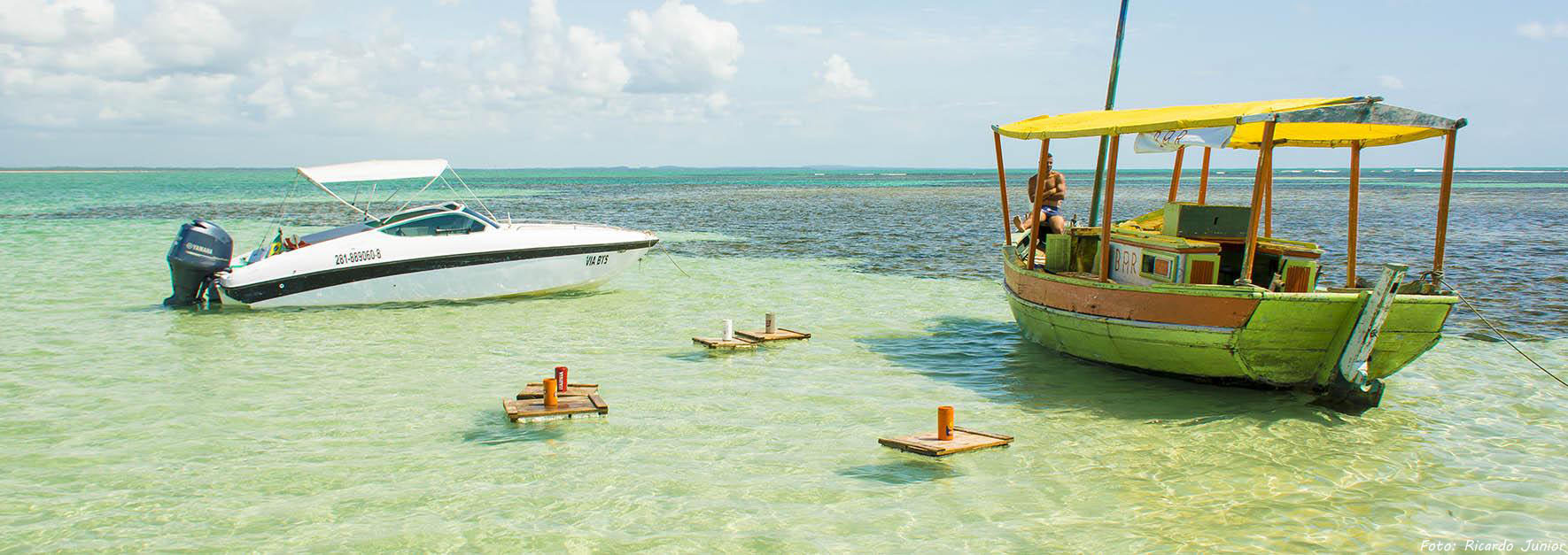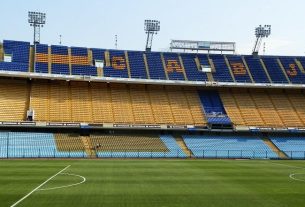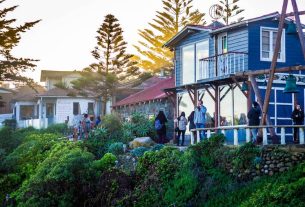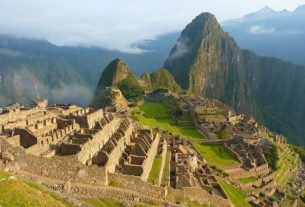On this page, you will find:
See too:
An untouched, deserted, remote, wild and even secret destination… These are the main characteristics of the Island of Boipeba which, located south of the Bahian coast and behind the Island of Tinharé, is one of the best preserved attractions. This is due not only to the few visits in high season and especially in low season, but also to the efforts of the few natives who live there, most of them fishermen, who lovingly preserve the surrounding natural landscapes.
This preservation is so great that it is even prohibited to travel by car on the island to this day, only horses, boats, tractors – which collect garbage – and the option of walking (the main means of transportation for those who live there) are allowed. ).
Some more enthusiastic tourists venture into walks ranging from 10 minutes to Tassimirim beach, neighboring Boca da Barra, to longer ones of one, two and even four hours of walking to wilder beaches such as Cueira, Moreré, Bainema, Ponta dos Castelhanos and Cova da Onça.
In fact, these are the same beaches that reveal coconut and almond trees, soft white sand, crystal clear and calm waters, rocks around the hillside, reefs and natural pools. In some, you can take delicious deep dives close to fish and shipwrecks present in Moreré and Ponta dos Castelhanos.
The scenic beauties have already become recurring trips for French, English, Italians, Spanish and Germans who, since then, return to enjoy the blue sea that resembles the Caribbean landscape. Currently Brazilian tourists have discovered the region, but it is still little visited because it is too quiet for the general taste of Brazilians who look for excitement on the beaches and intense nightlife.
Here, we value escaping consumerism, lowering our adrenaline, valuing nature through refreshing baths in sea or river water, trips in rustic canoes through mangroves, diving close to marine species, enjoying the sunset and the studded sky. of stars and return to the inn refreshed at the end of the day.
To fall in love with Boipeba, tourists need to be passionate about two things: hiking, as one beach is far from the other and cars are not allowed, and, above all, enjoying the peace and quiet. Except for Boca da Barra beach, which is busier and surrounded by inns and shacks, the other beaches are practically deserted and full of virgin forests, ideal for walking or just enjoying the endless landscape. Beaches such as Moreré and Ponta dos Castelhanos stand out for their distance and best diving spots. Other attractions on the island are boat and canoe trips through the mangroves and beaches.
Hiking
The beaches of Boipeba are predominantly deserted, surrounded by coconut and almond trees with good shade and wide, flat strips of sand that allow for great walks. Fans of the practice can take the opportunity to travel from one beach to another on foot, thus visiting incredible scenery surrounded by native vegetation.
Boat and speedboat tour
The speedboat or boat ride that usually departs from Boca da Barra beach takes you on an irresistible tour of the natural pools and then to Ponta dos Castelhanos for diving, as well as stopping for a traditional lunch on Cova da Onça beach.
Natural pools
Moreré is the ideal spot to relax in the natural pools and also observe interesting marine species. It’s not difficult for a colorful school to approach visitors in this true natural aquarium. Bring a mask and snorkel to fully experience the activity. It takes twenty minutes by boat from Boca da Barra.
Canoe trip
Artisanal canoes guided by natives take you to enchanting scenes surrounded by white, red and siriba mangroves, close to the Sapê River. The tour is recommended early in the day or late in the afternoon to enjoy the sunrise or sunset. The tours depart from Boca da Barra beach.
The twenty kilometers of practically deserted and untouched beaches in Boipeba are a sight for sore eyes. Visitors can access the nearest beaches, in front of the inns or further away after long walks or boat trips. Snorkeling or scuba diving is also possible on some beaches with reefs and shipwrecks.
Boca da Barra
It is the busiest compared to the others, around it are the main inns where you can see a beautiful view of the beach. The calm sea is justified because it shelters the mouth of the Inferno River. It is ideal for relaxing baths and snacking at the stalls along the shore. From there, excursions depart to other more distant beaches.
Tassimirim Beach
Close to Boca da Barra beach, from where you can reach on foot, this beach also has calm waters. The large number of rocks in the sea form delicious natural pools for diving, however, due to the danger of hitting a rock, it is more frequented by fishermen.
Cueira Beach
Among the other beach options, it is the most suitable for swimming. This is because the stones are placed on the side, thus preventing any chance of an accident. The waters are also calm and relaxing, which favors bathing. Coconut trees all around help to beautify the desert scenery. In some sections, especially in the left corner, surfers appear. Seu Guido’s tent, one of the best known, is on this beach. Access is after half an hour of walking.
Moreré Beach
To get to this beautiful beach there are basically two options: walk for an hour or take a boat to cross the Oritibe River. The beach stands out for being surrounded by almond and coconut trees that provide great shade. Further away, on the high seas, it is possible to find natural pools. Some stalls specializing in moquecas are ready on the beach.
Bainema Beach
Deserted and also surrounded by imposing coconut trees, it is reached after two hours of walking. However, the walk is worth it with the clear waters that form pools and flat strips of sand.
Ponta de Castelhanos
Adventurers and divers on duty will love this beach. In Ponta dos Castelhanos there are some reefs and wrecks such as the Madre de Dios sunk in 1535, perfect for snorkeling and scuba diving. There, sea water and the Catu River mix. Further away than the others, it is a three-hour walk or an hour and a half by boat.
Cova da Onça Beach
This beach has a darkened sea due to the presence of the mangrove. Around there is a fishing village. Arriving at this wildest beach is possible after four hours of walking on trails in the middle of the Atlantic forest or in two hours by boat.
If you want to enjoy the island’s hustle and bustle, travel at Christmas or Carnival when lots of tourists take over the streets. To find more deserted beaches and more affordable prices, travel from September to December. Furthermore, it is also during this period that the temperature is cooler for outings. Avoid the rain from April to July, which interferes with walks and swimming in the sea.
By airplane:
Daily flights depart from the main Brazilian cities to Salvador. From there bioengines and single engines take you to the Island.
By car:
Access is via BA-001 to Torrinhas, in the district of Cairu. From there there is no alternative but to take speedboats and boats to Boipeba Island. If you are already in Morro do São Paulo, just hitch a ride on the jardineiras and quickly reach the island.
By bus:
The main ones are São Geraldo and Águia Branca, which lead to the main tourist destinations. From there, just take another bus from the company Olivença Transportes that takes you to Torrinhas and take a boat to the island.
* As car traffic is prohibited in Boipeba, it is recommended to take horse or boat rides to reach the most remote beaches.
Tourist information – (75) 3483-1083
Salvador Airport – (71) 3204-1010
Salvador Bus Station – (71) 3460-8300
São Joaquim Maritime Terminal – (71) 3319-2890
There are no bank branches in the city.
More information on the websites:
Website of the Association of Residents and Friends of Boipeba – Amabo
http://www.ilhaboipeba.org.br/
Boipeba Island Portal – http://www.boipeba.org/
Did you like it? Share this article with your friends!

Sign up for our newsletter and stay up to date with exclusive news
that can transform your routine!
Warning: Undefined array key "title" in /home/storelat/public_html/wp-content/plugins/link-whisper-premium/templates/frontend/related-posts.php on line 12
Warning: Undefined array key "title_tag" in /home/storelat/public_html/wp-content/plugins/link-whisper-premium/templates/frontend/related-posts.php on line 13




